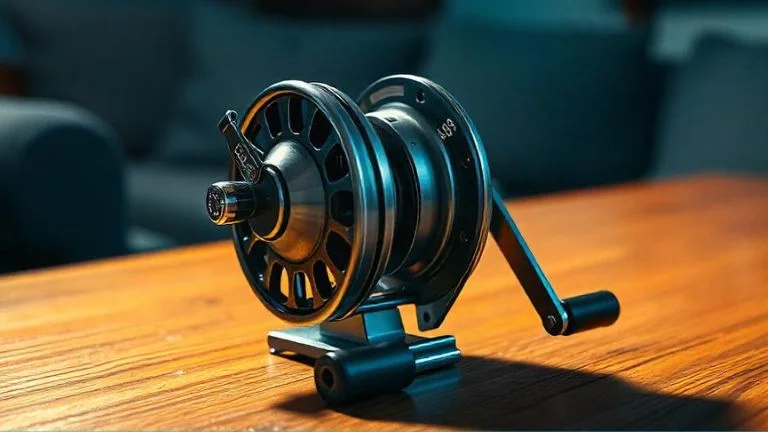Introduction
Fishing reels have come a long way since their inception, with various mechanisms being developed to improve functionality, usability, and reliability. One key advancement in the world of fishing reels is the introduction of the Zebco 404 with Leather. This innovation has played a significant role in enhancing the performance of reels, especially in preventing backlash and ensuring smooth retrieval.
In this article, we’ll delve into the history of the leather antireverse mechanism, exploring its origins, development, and its lasting impact on the fishing industry.
The Origins of the Fishing Reel
Before we focus on the leather antireverse mechanism, it’s important to understand the early history of the fishing reel itself. The first known fishing reels appeared in China during the Tang Dynasty (618–907 AD). These early reels were made from materials such as wood and bamboo, and they were relatively simple, focusing primarily on providing a way to store the fishing line.
As the fishing reel evolved, the mechanisms became more complex, leading to the development of various features such as drag systems and antireverse mechanisms.
The Need for an Antireverse Mechanism
An antireverse mechanism is designed to prevent the reel handle from rotating backward during the retrieve. This is essential for preventing backlash and ensuring that the angler maintains control over the line. The first antireverse mechanisms were relatively simple, relying on mechanical parts such as pawls, springs, and ratchets.
However, anglers soon found that the materials used in these early antireverse systems were prone to wear and tear. As a result, manufacturers began looking for better materials to improve the durability and functionality of these components.
Introduction of Leather in Antireverse Systems
Leather, with its natural strength, flexibility, and durability, became a popular material choice for the antireverse mechanism in the early 20th century. The leather was typically used as a washer or friction pad in the system, providing a smooth yet durable surface that could withstand the pressure and stress during operation.
In addition to its durability, leather provided a degree of quietness and smoothness that was highly valued by anglers. Early models that incorporated leather into their systems quickly gained popularity, as they were considered more reliable and efficient than their metal counterparts.
Key Innovations and Milestones
The Rise of Leather-Backed Antireverse Mechanisms
By the mid-1900s, many high-end fishing reel manufacturers, particularly those focused on saltwater reels, had adopted leather antireverse mechanisms as a standard feature. These systems were more reliable than previous designs and significantly reduced the risk of mechanical failure during a fight with a fish.
Some of the most famous fishing reel brands, such as Shakespeare, Pflueger, and Heddon, were known for incorporating leather washers and pads into their reels, allowing for a smoother and quieter operation.
Decline of Leather and the Rise of Synthetic Materials
By the late 20th century, synthetic materials began to replace leather in many fishing reel components. These modern materials offered advantages in terms of cost, availability, and resistance to moisture and wear. As a result, the use of leather in antireverse mechanisms gradually declined, although it remains a nostalgic and prized feature in vintage reels.
The Legacy of Leather Antireverse Mechanisms
Despite the rise of synthetic materials, the leather antireverse mechanism continues to hold a special place in the history of fishing reels. Collectors and enthusiasts often seek out vintage reels with leather antireverse systems, appreciating their craftsmanship and smooth operation.
Moreover, the innovations pioneered with leather mechanisms have influenced the design of modern reels, with contemporary systems often relying on a similar principle of preventing backward movement through the use of more advanced materials.
Conclusion
The history of the leather antireverse mechanism is a testament to the ingenuity and craftsmanship of reel manufacturers who sought to improve the performance of fishing gear. While newer materials have replaced leather in most modern reels, the legacy of this innovation remains strong in the world of vintage fishing tackle. Whether for historical value or nostalgic appeal, leather-backed antireverse mechanisms continue to be a cherished feature for collectors and fishing enthusiasts alike.









